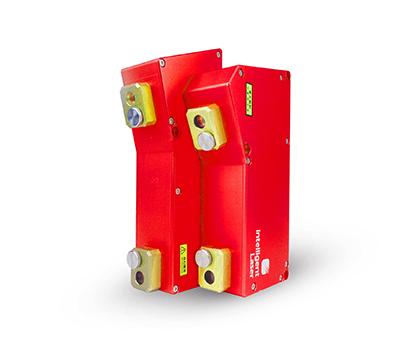How to Realize Seam Tracking and Positioning?
(2023年)https://www.intelligent-laser.com/seam-tracking-system-intelligent-solutions/
With the development of science and technology, more and more welding robots have gradually replaced manual welding, but welding robots can only perform high-repetition batch welding work, and cannot think about how to weld highly complex workpieces like humans.
However, it is undeniable that welding robots have been incorporated into daily production by more and more small and medium-sized enterprises due to their high efficiency, high quality, simplicity and convenience. However, for some welding seam work that requires relatively high precision, it cannot be perfectly handled by welding robots alone. At this time, we need to add a laser seam tracking system.
Ⅰ. Why does the current robot welding need to install a welding seam tracking system?
1. The actual production status of the user: There are many types of welding products, small batches, and high requirements for welding precision and welding technicians.
2. The cost of workpiece feed improvement is high: update the processing equipment of the original process, design and purchase of high-precision tooling.
3. Welding robots often encounter various technical conditions such as workpiece clamping deviation and sheet metal thermal deformation during the welding production process.
4. Welding robots often need manual repair welding after welding. For small and medium-sized enterprises, it not only increases labor costs, but also increases the repair rate of products.
In order to improve the processing efficiency of the welding robot and reduce the teaching time and difficulty, it is very necessary to match the laser seam welding tracking system in time.
Ⅱ. How to realize automatic seam tracking and positioning?
The common method to realize the seam tracking and positioning of welding robots is peripheral auxiliary detection, which mainly realizes laser tracking and photographic imaging tracking. This welding seam tracking and positioning control system can collect data related to the welding seam through optical measurement equipment, and the welding robot can adjust the motion trajectory of the adaptive arm through data comparison, thereby realizing real-time tracking of the welding seam.
The laser seam tracking system of the welding robot detects and calculates the offset of the seam by laser scanning the seam before welding, processes the collected seam parameter information through the sensor, controls the robot to correct the deviation of the seam, and replans the welding trajectory, which enables seam tracking.
The trend of industrial intelligence is irreversible. With the development of the economy, robot welding will gradually replace manual welding. Although it is difficult to completely replace it, in actual welding applications, it is still possible to replace 90% of repetitive batch welding work. We have learned that welding robots have higher efficiency, guaranteed welding quality, and no emotional problems to facilitate management. This makes enterprises love it. However, for many welding workpieces that require high precision, robots themselves are not competent. At this time, a laser seam tracking system must be used to assist.
- このできごとのURL:



コメント